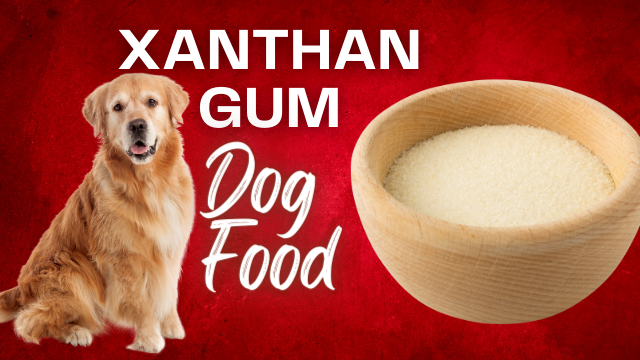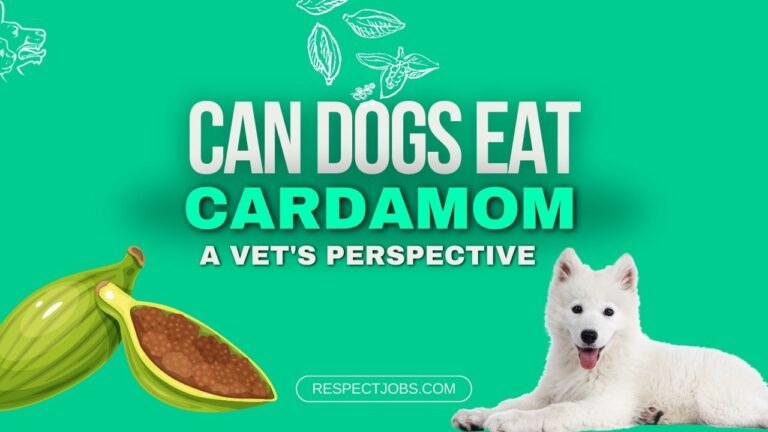my dog is addicted to bully sticks
Introduction
When it comes to our furry companions, understanding their behaviors and habits is essential for their well-being. One common behavior that many dog owners encounter is chewing. If you’ve found yourself thinking, “My dog is addicted to bully sticks,” you’re not alone. This article delves into the world of canine chewing habits, focusing on the phenomenon of dogs’ fascination with bully sticks.
The Nature of Canine Chewing
Why Do Dogs Chew?
Chewing is a natural behavior for dogs. Puppies, in particular, use chewing to alleviate teething discomfort and explore their surroundings. For adult dogs, chewing remains a way to keep their jaws strong and clean their teeth.
Chewing as an Instinctual Behavior
Dogs are descendants of wolves, and their instinct to chew stems from their wild ancestors’ need to tear and gnaw on prey. Even in domestic settings, this instinct persists.
Bully Sticks: What Are They?
Understanding Bully Sticks
Bully sticks are dog treats made from dried bull or steer pizzles. They are long-lasting and have a fibrous texture that dogs find satisfying to chew on.
Why Dogs Are Drawn to Bully Sticks
Bully sticks have an odor that’s appealing to dogs, and their texture provides a challenging and engaging chewing experience. The act of chewing also releases endorphins, making it a pleasurable activity for dogs.
The Addictive Behavior

Signs Your Dog Is Addicted to Bully Sticks
If your dog becomes overly fixated on bully sticks, displaying signs of distress when without them, addiction might be the cause. Common signs include anxiety, restlessness, and incessant whining.
Factors Contributing to Addiction
Bully sticks’ combination of taste, smell, and texture can create a powerful attraction for dogs. This, coupled with their natural chewing instinct, makes it easy for dogs to become addicted.
Health Implications
Dental Benefits of Chewing
Chewing, including on bully sticks, can aid in maintaining healthy teeth and gums. The mechanical action of chewing helps remove plaque and tartar buildup.
Potential Risks of Excessive Chewing
However, excessive chewing, especially on hard objects like bully sticks, can lead to dental fractures or other oral issues. Monitoring your dog’s chewing habits is crucial to prevent these complications.
Managing Bully Stick Consumption
Setting Healthy Limits
To manage your dog’s addiction to bully sticks, establish a daily limit on their consumption. This prevents overindulgence and maintains a balanced diet.
Alternatives to Bully Sticks
Offer a variety of safe chew toys and treats to divert your dog’s attention from bully sticks. These alternatives can include rubber toys, dental chews, and interactive puzzles.
TOP PICK

Amazing Dog Treats – Beef Cheek Rolls (10 Inch Regular – 4 Pcs) – Safe Rawhide Alternative Dog Chew
Training and Redirection
Positive Reinforcement Techniques
Utilize positive reinforcement to reward your dog for letting go of a bully stick on command. This helps build self-control and redirects their focus.
Diverting Attention from Bully Sticks
Engage your dog in playtime, training exercises, or interactive games to shift their focus away from bully sticks. Mental stimulation can be as satisfying as physical chewing.

Understanding Your Dog’s Needs
Physical and Mental Stimulation
Remember that dogs need both physical and mental stimulation. Ensure they have ample opportunities for exercise and mental challenges to prevent over-reliance on chewing.
Identifying Other Underlying Issues
If your dog’s addiction to bully sticks persists, consult a veterinarian or a professional dog behaviorist. Underlying medical or behavioral issues might be contributing to the behavior.
Conclusion: my dog is addicted to bully sticks
In the world of dog behavior, the phrase “my dog is addicted to bully sticks” sheds light on the fascinating complexities of canine instincts and habits. While chewing is a natural behavior, moderation and diversification are key. By understanding the allure of bully sticks, recognizing signs of addiction, and implementing appropriate management strategies, you can ensure your furry friend enjoys a healthy and fulfilling life.






